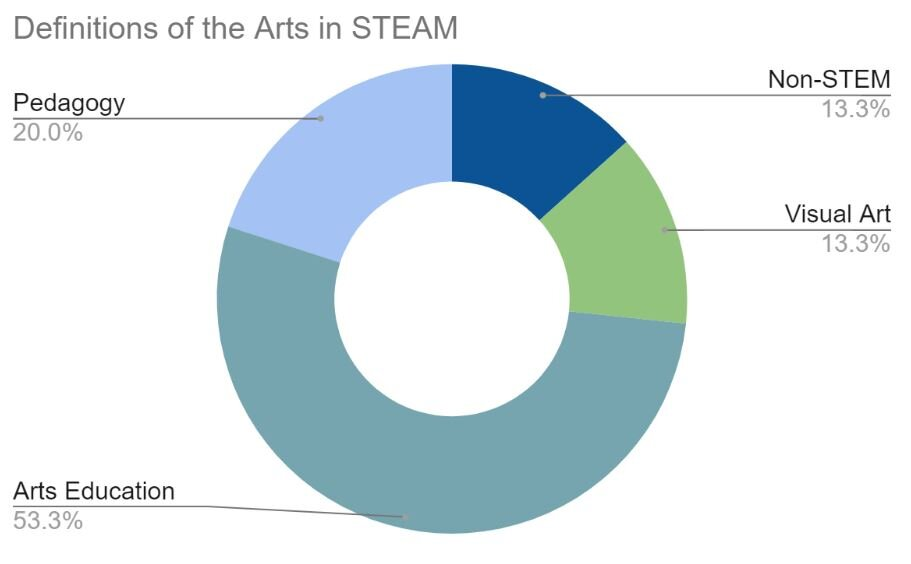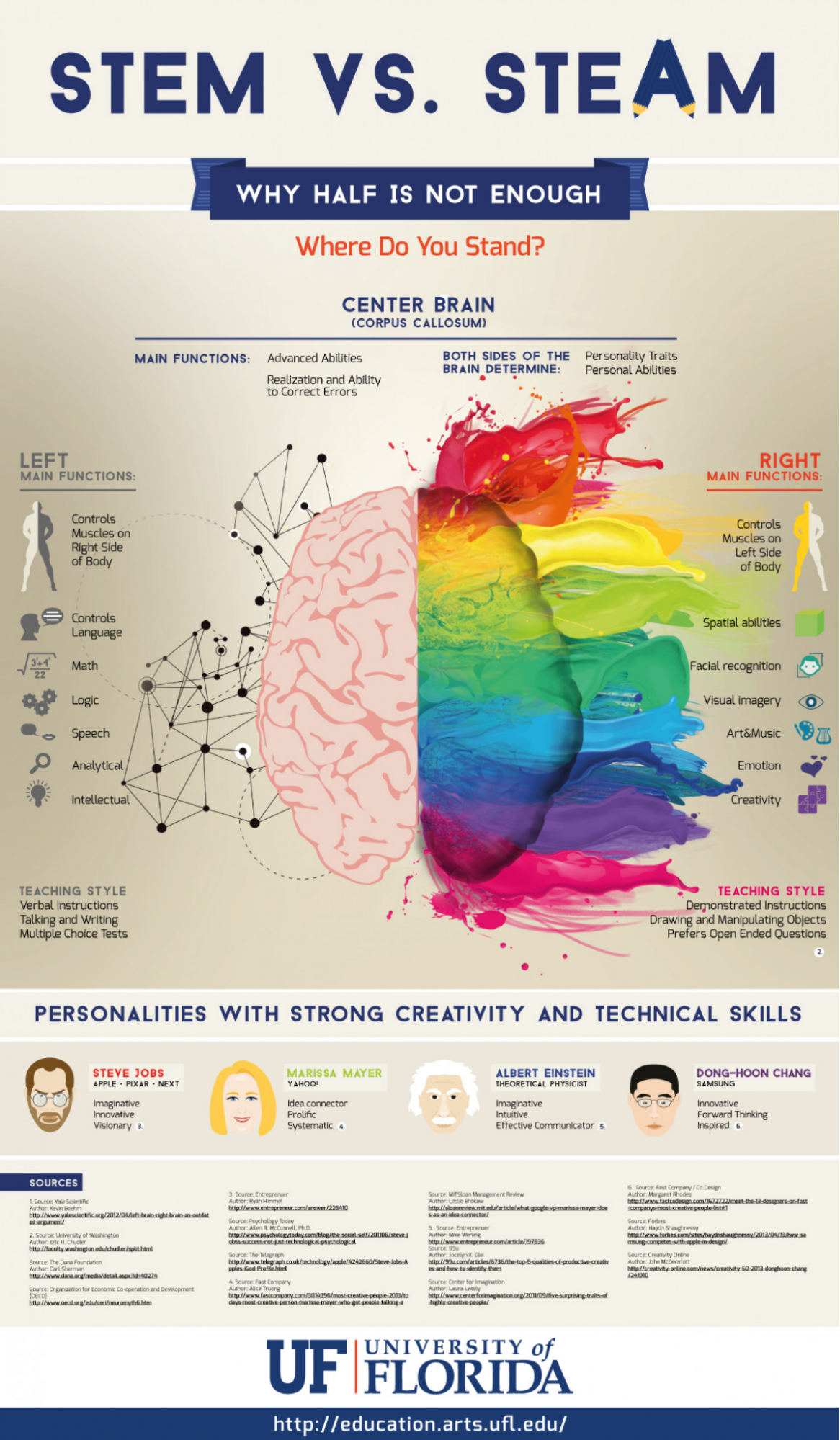
Moonpreneur
In today’s rapidly evolving world, Science, Technology, Engineering, Art, and Mathematics (STEAM) play an increasingly significant role in shaping our daily lives. From the cars we drive to the medicines we take, the advancements in STEAM have made our lives easier and more efficient.

Thus, it has become crucial to introduce kids to STEAM at a young age to nurture their innate curiosity, creativity, and problem-solving abilities. Here are five fun and easy ways to introduce kids to STEAM and inspire them to become future innovators and problem solvers.

- Conduct simple experiments at home: There are many easy-to-follow STEAM experiments that parents and kids can do at home using common household items. For example, you can mix baking soda and vinegar to create a chemical reaction that produces carbon dioxide, which can be used to blow up a balloon. This can teach kids about chemical reactions and the properties of gases. You can also teach kids about density by conducting an experiment where they layer different liquids, such as water, oil, and honey, and observe how they separate.
- Introduce coding: Coding is an essential skill for the 21st century, and there are many resources available to help kids learn coding in fun and engaging way. For younger kids, there are coding websites and apps that use a drag-and-drop interface to teach basic coding concepts. For older kids, there are more advanced coding languages, such as Python and Java, that can be learned through online courses and tutorials.
- Read STEAM-focused books: Reading is a great way to introduce kids to new ideas and concepts. There are many children’s books that focus on STEAM topics such as space, robotics, and engineering. For example, “Rosie Revere, Engineer” by Andrea Beaty tells the story of a young girl who dreams of becoming an engineer and builds a flying machine to achieve her goal. This can inspire kids to pursue their interests in STEAM and help them see the real-world applications of these fields.
- Take field trips to museums and science centers: Visiting museums and science centers are a great way to expose kids to STEAM in a fun and interactive way. Many of these places have exhibits that allow kids to learn about science, engineering, and technology by conducting hands-on experiments and activities. For example, the Exploratorium in San Francisco has exhibits on everything from physics and biology to art and music.
- Encourage creativity: Creativity is an essential part of STEAM, and it’s important to encourage kids to be creative in their thinking and problem-solving. STEAM projects such as building a robot or designing a bridge require creativity and critical thinking skills. Parents can provide materials such as clay, paint, and paper to encourage their kids to explore their creative side. You can also challenge kids to come up with their own STEAM projects and see what they can come up with.
In summary, introducing kids to STEAM can be done in fun and engaging way through simple experiments, coding, reading, field trips, and encouraging creativity. By doing so, parents can help their kids develop the skills and curiosity they need to succeed in the 21st century.
Moonpreneur is on a mission to disrupt traditional education and future-proof the next generation with holistic learning solutions. Its Innovator Program is building tomorrow’s workforce by training students in AI/ML, Robotics, Coding, IoT, and Apps, enabling entrepreneurship through experiential learning.


























I’d suggest sending your kid to a STEAM Tech bootcamp could be the best initiative, to make them interested in technology.
Truly, I enrolled my 7 year old daughter in a bootcamp… and it was the life changing decision for her… She’s 14 now, and truly and madly in love with coding. I gave her a perfect head start.
Try to help them take up real-life DIY projects.. When they do it themselves, they learn the best.
You can let them explore and experiment at home, with discarded waste stuff that could be restored. Or else you can buy project kits.